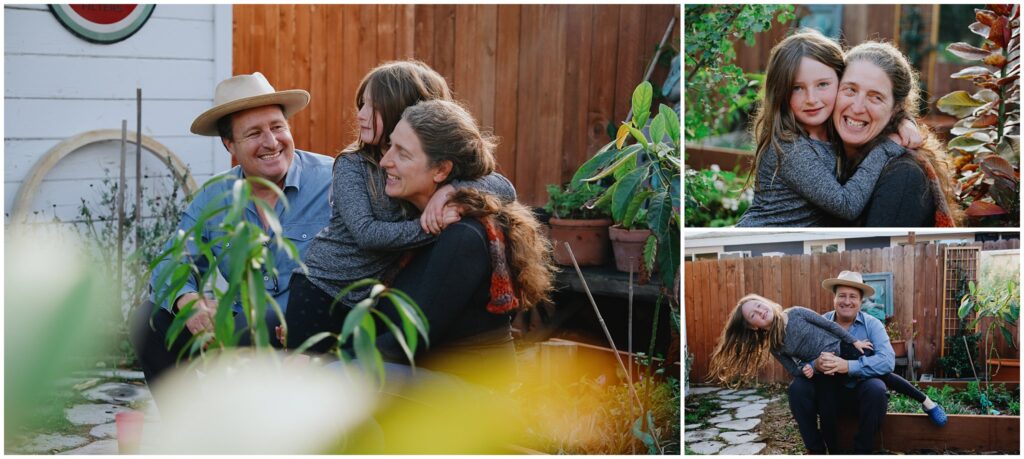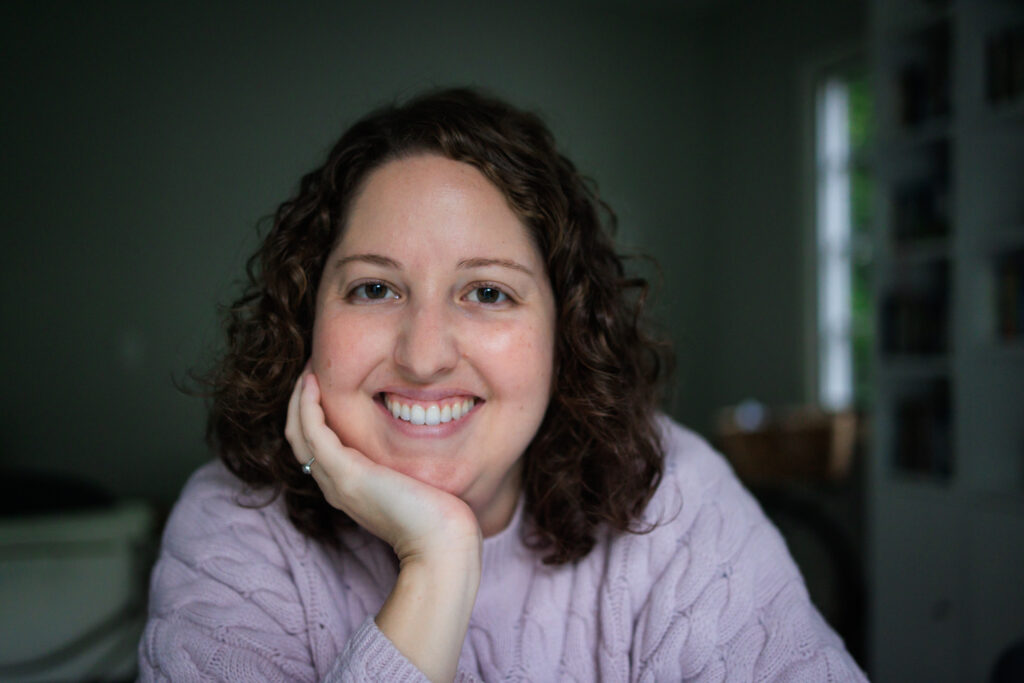Pregnancy Loss and Societal Pressure – “I Wish I Knew…” Episode 03

newborn
family
Client tips
parent tips
"I wish I knew"
I'm Marjorie
LOS ANGELES NEWBORN & FAMILY PHOTOGRAPHER
I work with parents who want relaxed and unposed photos, providing them with images that capture the joyful and unscripted moments in life.
More about Me
Jessica opens up about what it’s like to experience multiple miscarriages, the toll it takes on your mental health, dealing with external pressure, and more.
Pregnancy Loss and Societal Pressure
She goes into detail about her near-death experience after her last miscarriage where she nearly bled out, and adjusting her expectations of having a nuclear family of four. Jessica also talks about the challenges of raising a young child and overcoming generational tendencies.
Below, you’ll find resources on all these topics and more. Please check out the linked articles for more information.

TABLE OF CONTENTS

What causes pregnancy loss and what are the risk factors?
“Most miscarriages occur because the fetus isn’t developing as expected. About 50 percent of miscarriages are associated with extra or missing chromosomes. Most often, chromosome problems result from errors that occur by chance as the embryo divides and grows — not problems inherited from the parents.
Chromosome problems might lead to:
- Blighted ovum. Blighted ovum occurs when no embryo forms.
- Intrauterine fetal demise. In this situation, an embryo forms but stops developing and dies before any symptoms of pregnancy loss occur.
- Molar pregnancy and partial molar pregnancy. With a molar pregnancy, both sets of chromosomes come from the father. A molar pregnancy is associated with abnormal growth of the placenta; there is usually no fetal development. A partial molar pregnancy occurs when the mother’s chromosomes remain, but the father provides two sets of chromosomes. A partial molar pregnancy is usually associated with abnormalities of the placenta, and an abnormal fetus.Molar and partial molar pregnancies are not viable pregnancies. Molar and partial molar pregnancies can sometimes be associated with cancerous changes of the placenta.
Various factors increase the risk of miscarriage, including:
- Age. Women older than age 35 have a higher risk of miscarriage than do younger women. At age 35, you have about a 20 percent risk. At age 40, the risk is about 40 percent. And at age 45, it’s about 80 percent.
- Previous miscarriages. Women who have had two or more consecutive miscarriages are at higher risk of miscarriage.
- Chronic conditions. Women who have a chronic condition, such as uncontrolled diabetes, have a higher risk of miscarriage.
- Uterine or cervical problems. Certain uterine conditions or weak cervical tissues (incompetent cervix) might increase the risk of miscarriage.
- Smoking, alcohol and illicit drugs. Women who smoke during pregnancy have a greater risk of miscarriage than do nonsmokers. Heavy alcohol use and illicit drug use also increase the risk of miscarriage.
- Weight. Being underweight or being overweight has been linked with an increased risk of miscarriage.
- Invasive prenatal tests. Some invasive prenatal genetic tests, such as chorionic villus sampling and amniocentesis, carry a slight risk of miscarriage.”
Read the full article for more information.
Source: The Mayo Clinic

What is intrauterine insemination (or IUI)?
“Intrauterine insemination (IUI) — a type of artificial insemination — is a procedure for treating infertility.
Sperm that have been washed and concentrated are placed directly in your uterus around the time your ovary releases one or more eggs to be fertilized.
The hoped-for outcome of intrauterine insemination is for the sperm to swim into the fallopian tube and fertilize a waiting egg, resulting in pregnancy. Depending on the reasons for infertility, IUI can be coordinated with your normal cycle or with fertility medications.”
Read the full article for more information.
Source: The Mayo Clinic

What is the “abortion pill” and how does it work?
“Medication abortion — also called the abortion pill — is a safe and effective way to end an early pregnancy.
‘Abortion pill’ is the common name for using two different medicines to end a pregnancy: mifepristone and misoprostol.
First, you take a pill called mifepristone. Pregnancy needs a hormone called progesterone to grow normally. Mifepristone blocks your body’s own progesterone, stopping the pregnancy from growing.
Then you take the second medicine, misoprostol, either right away or up to 48 hours later. This medicine causes cramping and bleeding to empty your uterus. It’s kind of like having a really heavy, crampy period, and the process is very similar to an early miscarriage. If you don’t have any bleeding within 24 hours after taking the second medicine, call your nurse or doctor.
Your doctor or nurse will give you both medicines at the health center. When and where you’ll take them depends on state laws and your health center’s policies. Your doctor or nurse will give you detailed directions about where, when, and how to take the medicines. You may also get some antibiotics to prevent infection.”
Visit the link for more information.
Source: Planned Parenthood

What is a D&C and why is it performed?
D&C stands for dilatation and curettage.
“A dilation and curettage procedure, also called a D&C, is a surgical procedure in which the cervix (lower, narrow part of the uterus) is dilated (expanded) so that the uterine lining (endometrium) can be scraped with a curette (spoon-shaped instrument) to remove abnormal tissues.
A suction D&C uses suction to remove uterine contents. A suction D&C may be used following a miscarriage to remove the fetus and other tissues if they have not all been naturally passed. Infection or heavy bleeding can occur if these tissues are not completely removed.
Occasionally following childbirth, small pieces of the placenta (afterbirth) remain adhered to the endometrium and are not passed. This can cause bleeding or infection. A D&C may be used to remove these fragments so that the endometrium can heal properly.”
Please read the full article for additional reasons for this procedure, as well as the risks.
Source: Johns Hopkins Medicine

About Marjorie
Hi, I’m Marjorie. I’m a Newborn & Family Photographer based in Los Angeles, California, and the creator of this documentary series, “I Wish I Knew… A Series on Parenthood.”

Soon after I started my business and began hanging out with different families, I realized every single parent I knew had gone through something. Everyone had a story.
I decided to use my background in filmmaking to create a platform where parents could share their stories. My hope is that we can learn from each other and normalize events and experiences that have been labeled as taboo.
Sign up to receive the latest episode!
If you’re interested in staying in the loop and being among the first to watch new episodes as they are released, join the email list!
We cover topics such as mental health, pregnancy loss, adoption, divorce, out-of-hospital birth, and more.
Preparing Your Home For Your Photo Session
Easy and stress-free guide on getting your home ready for a photo session. Here’s what you need to do and here’s what you can skip!
5 Quick Tips for
grab your guide
free guide
Post Comments